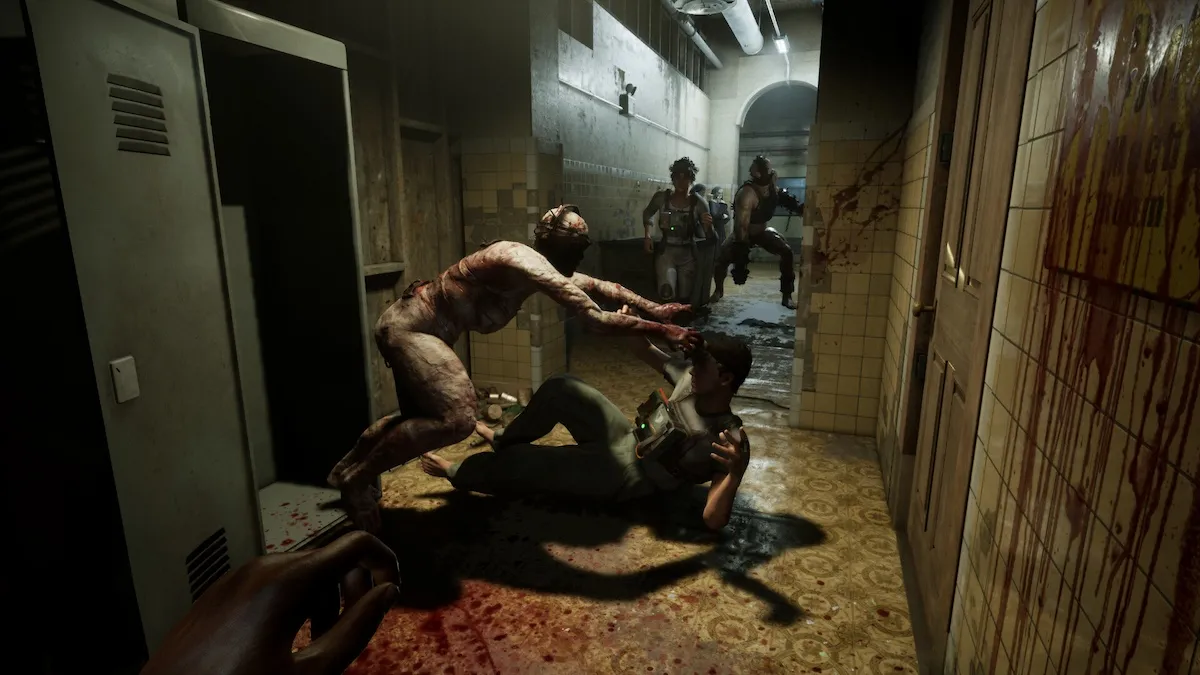We sat down with Dry Licorice to preview its new game Plasma earlier today. Spoiler alert: it looks cool. Plasma is described by the developers as a “true sandbox” game. What does this mean exactly? Outside of a tutorial, an example world, and some starter games, Dry Licorice is leaving it up to players to craft their own experience. We’ve seen this attempted before. For instance, developer Media Molecule is known for making similar games, like Little Big Planet and Dreams. But How does Plasma aim to tackle the genre?
Plasma is set to be a PC- and Steam-exclusive game. The developer stated this was purely a technical decision, owing largely to one killer feature it couldn’t do without: the Steam Workshop. While Plasma could function on any platform, the team said that, at least for the moment, the Steam Workshop is the only way it could let players distribute their creations.
Plasma shows potential for the creative player
The game is looking interesting both visually and for how it “plays” — which needs to be in quotations there. What was shown both can and can’t be called “playing” in the traditional sense. While you could say you were playing with a digital model set, it’s more accurate to say you are building it. What we were shown in our preview of Plasma was how building a device works.
You can assemble a device — this can be a vehicle, a robot, building, or even a switch to turn off the sun — using parts from the component library. Players are able assign functionality to a device using Sketch, the game’s programming language. We were shown how two devices worked once they were set up. The preview centered around a car, complete with back-up camera, and a laptop.
Although you can imagine how you could make a game using all of these tools, they are just tools. And that’s fine; it’s exactly what Plasma sets out to do, and it does it well by the looks of it.
Creating a physical chassis of a car was a simple feat for the Plasma team. You can easily search for whatever module you want in the component library. Positioning, scaling, and rotating these modules looks effortless as well. Where things get really interesting is in the visual programming mode. Here is how you make your new car behave like a car. Set your steering wheel to turn the wheels, the engine to go vroom, the brakes to make you stop.
It’s a node-based interface, which is clean and easy to understand. You accomplish tasks for your device by creating a node (for example, one set to accelerate your object when you hit the gas). Next, you connect one node to another to mode to modify it, like having a node that controls how quickly the acceleration occurs.
So how does Plasma stack up?
Compared to other games designed around letting you create your own world Plasma has the potential to be more in-depth than most. And it manages to achieve said depth while keeping things clean and understandable with its UI. Dry Licorice seems to be onto something interesting here. If you are curious in learning how to design games or have kids who might be, this is definitely something that could start people down that path.
The similarities with how Unreal Engine handle things in particular mean that a lot of the core concepts that Plasma will teach could be transferable. Alternatively, if you just want to try out other people’s creations, Plasma will undoubtedly be filled with games and worlds to try out not long after release. If this all strikes your fancy, you can check it out on Steam.
The game doesn’t have a solid release date yet, but the developer expects it to be playable early next year.










Published: Sep 22, 2022 06:30 pm